In traditional indigenous societies, land means life. Western Shoshone ranchers and land rights activists Mary Dann (1923–2005) and Carrie Dann (1932–2021) together fought a decades long battle with the federal government over their ancestral lands. Following is a documentary on their struggle against mining threats to their ancestral lands from the United States in Crescent City, Nevada.
httpvh://youtu.be/JJ2N9-n-ka0
Our Land, Our Life presents the struggle of Carrie and Mary Dann, two Western Shoshone elders, to address the threat mining development poses to the sacred and environmentally sensitive lands of Crescent Valley, Nevada.
The Western Shoshone Defense Project’s mission is to affirm Newe (Western Shoshone) jurisdiction over Newe Sogobia (Western Shoshone homelands) by protecting, preserving, and restoring Newe rights and lands for present and future generations based on cultural and spiritual traditions.
“I was indigenous and in one single evening they made me indigent. If you think the Indian wars are over, then think again.” –– Carrie Dann, Western Shoshone activist, October 31, 2002
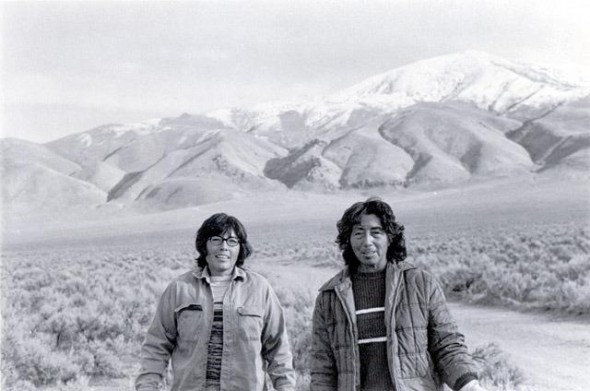

The Fight for Western Shoshone Sovereignty
The U.S. Constitution states that treaties, agreements between sovereign nations, are the supreme law of the land. The 1863 Treaty of Ruby Valley between the U.S. and the Western Shoshone Nation remains in effect, affirming the sovereign status of the Western Shoshone and recognizing the boundaries of their territory.
STORY: Shoshone Myth: Wolf Challenges the Euro-American “Iron-Man”
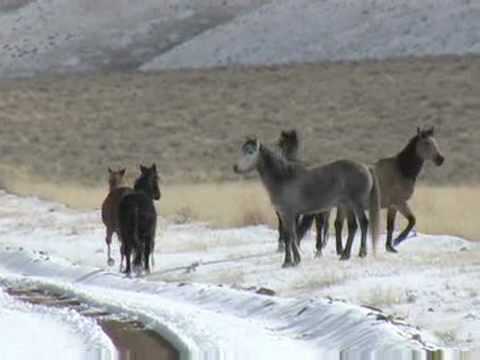
Watch this video on YouTube
Documentary American Outrage 2008
The destruction of cultural sites and water sources was clearly not intended to be permitted through the Treaty of Ruby Valley. Canadian transnational companies such as Oro Nevada and Barrick Gold have been buying land and mining within the boundaries of the Western Shoshone Nation and violate the Treaty and the U.S. Constitution. Barrick Gold is now moving forward with one of the largest open pit cyanide heap leach gold mines in the United States on the slopes of sacred Mount Tenabo.
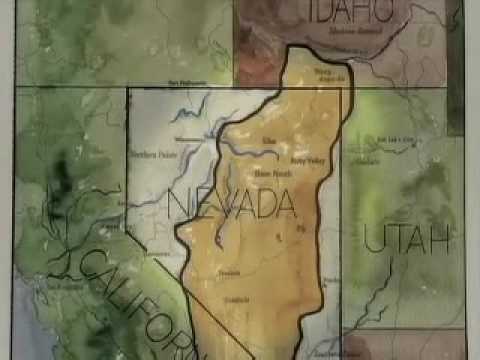
Watch this video on YouTube
Mary Dann (1923–2005) and Carrie Dann (born c. 1932) challenged the federal government over uses of their tribe’s traditional land, in a case that reached the United States Supreme Court as US v. Dann. The Supreme Court ruled in 1985 that the Shoshone land claims were extinguished by their award of a $26 million land claim settlement. The Shoshone refused to take the money, which is earning interest. Eighty percent of the Shoshone who voted on the issue were against accepting the financial settlement; instead, they asked the US to respect the terms of the 1863 treaty.
Since 1973, the Dann sisters conducted civil protest by ranching and refusing to pay grazing fees to the Bureau of Land Management (BLM) to run their cattle outside their ranch on what they consider Shoshone land. They contended the US had taken the land illegally and not abided by the terms of its treaty.
In 1998 BLM issued trespass notices to the Danns and Raymond Yowell, chief of the Western Shoshone Nation, ordering their removal of hundreds of cows and horses from public lands in Eureka County, Nevada. Carrie and Mary Dann filed a request for urgent action with the United Nations Committee on the Elimination of Racial Discrimination. They had been active in the movement to recover millions of acres of land in Nevada and bordering states that originally belonged to the Western Shoshone tribe.
The Dann sisters persuaded the UN of their case. It ordered the US government to halt all actions against the Western Shoshone people, a mandate which was mostly ignored.
Updated 5 January 2021



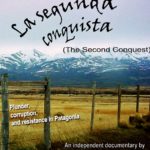
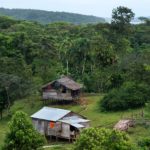
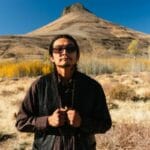
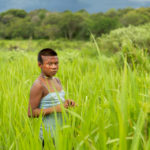






Pingback: Idaho's Bitterroots: Wolves and Wilderness Persist | WilderUtopia.com